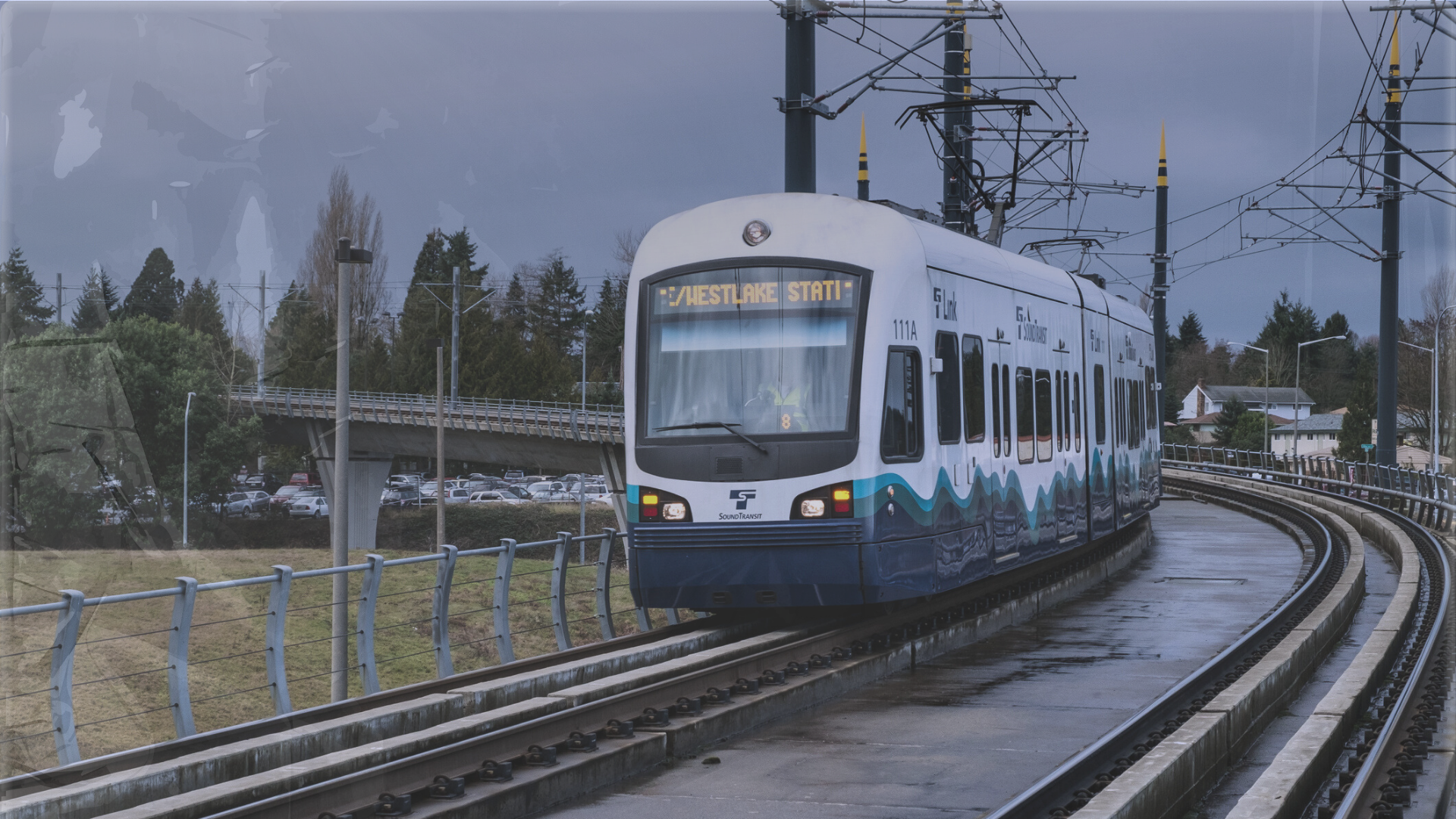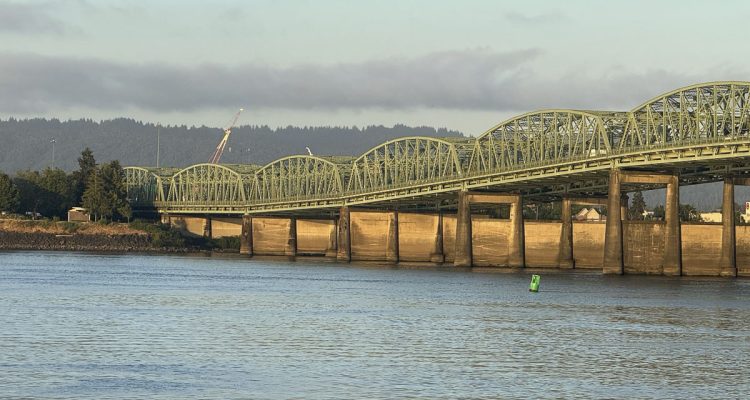A recent article published in The Seattle Times highlighted how Seattle Department of Transportation (SDOT) officials ignored King County Metro and Seattle City Council concerns, and low-balled how much it would cost to operate the Seattle Center City Connector streetcar to secure additional federal grant money.
Under the previous administration, officials favored public transportation projects that promote the urban ideology of “livability,” or living without a car. As a result, rather than funding projects that promote widespread mobility and congestion relief, federal grants were given to projects that are not cost-effective or practical for most people. The streetcar is a good example of one such project.
In their application for federal dollars, SDOT said it would cost $16 million per year to operate the streetcar, which opens in 2020 and will connect the First Hill and South Lake Union streetcars via a 2.1-mile route. Metro, which runs the streetcars, warned SDOT several times that it would cost 50% more at $24 million per year due to larger staffing needs.
Even after SDOT submitted their plan to the Federal Transit Administration (FTA), Metro kept trying to get through to SDOT officials. According to the Times, SDOT leadership responded, “you aren’t changing anything in this operating plan.” As the author points out, this is exactly the kind of dishonesty and “desire to leave a tangible [political] legacy” that results in massive cost overruns and delays.
Several city councilmembers have expressed ongoing concerns not only about high costs, but low benefits in getting people around on their daily commutes. One councilmember questioned whether it was prudent to spend so much money on streetcars rather than buses, which “allow us flexibility in…a city that’s growing quite quickly.” Not only are buses more flexible than streetcars, but they can also move up to five times as many people per hour at half the operating cost per vehicle mile. As of 2016, it cost Metro nearly 43% more to operate streetcars, compared to buses, per revenue hour.
Undeterred by data, SDOT predicts combined ridership will jump a whopping 470% by 2035, from 5,200 riders per weekday on the other two streetcar lines, to 30,000 weekday riders on all three lines. These rosy projections are made despite actual combined ridership consistently falling below projections for the First Hill and South Lake Union streetcar lines. The First Hill streetcar “fell more than 30 percent below ridership projections in its first year.”
Last year, two city council staff analysts observed that ridership (30,000) and fare revenue ($9 million) projections for the new line were far too optimistic. In a memo, they wrote, “For comparison, the South Lake Union streetcar carries approximately 2,300 weekday riders and generated $892,365 of fare revenue in 2015.”
While Seattle is leaning on old technology to become a “world class city,” other cities like Arlington, VA and Providence, RI are choosing to spend public money on expanding bus service instead. Current CEO of Sound Transit, Peter Rogoff, noted in 2010 that bus service is a “fine fit for a lot more communities than are seriously considering it.” While buses are more cost-effective than streetcars, new technology may prove to be even more so. Daniel Sperling, in his book Three Revolutions, argues that shared autonomous shuttles will cost one-tenth of what it costs to operate a fixed route transit bus.
Rather than spending billions of tax dollars on old technologies that function more as monuments rather than real transportation choices, Seattle officials should focus on improving mobility and reducing congestion for everyone. They can begin by addressing bottlenecks on arterials, coordinating traffic signals, and encouraging rather than regulating the use of shared mobility services enabled by emerging transportation technologies.






